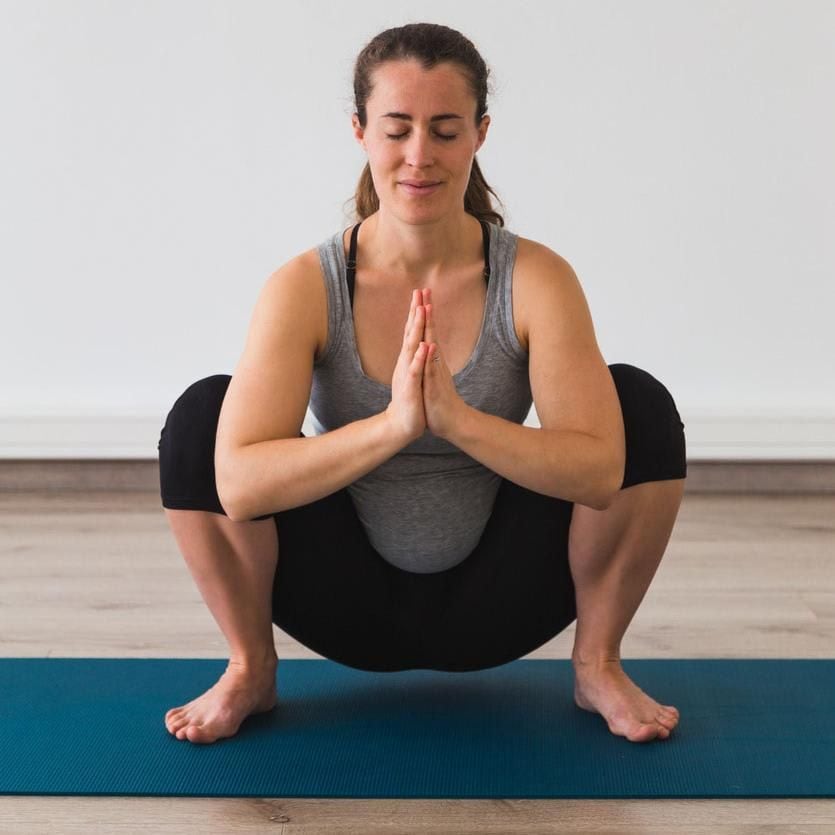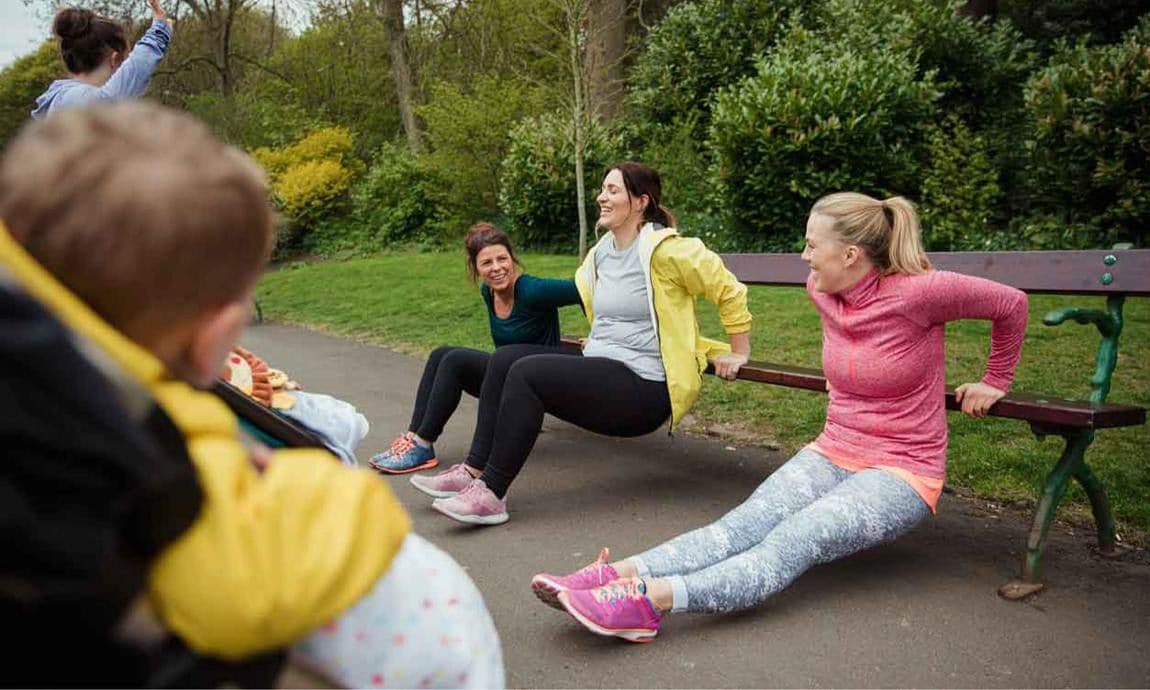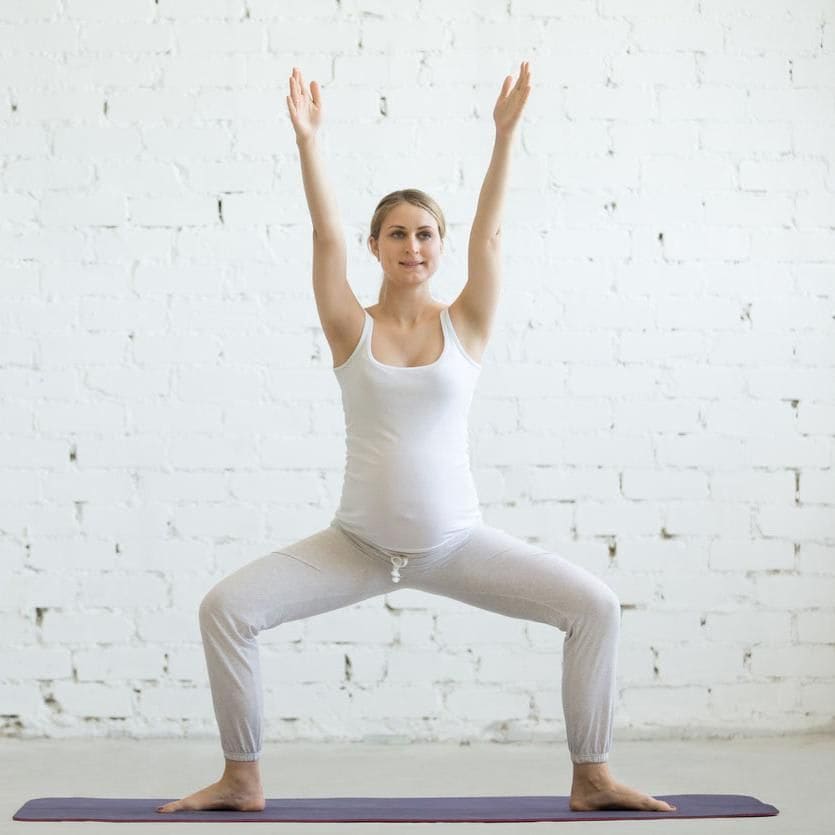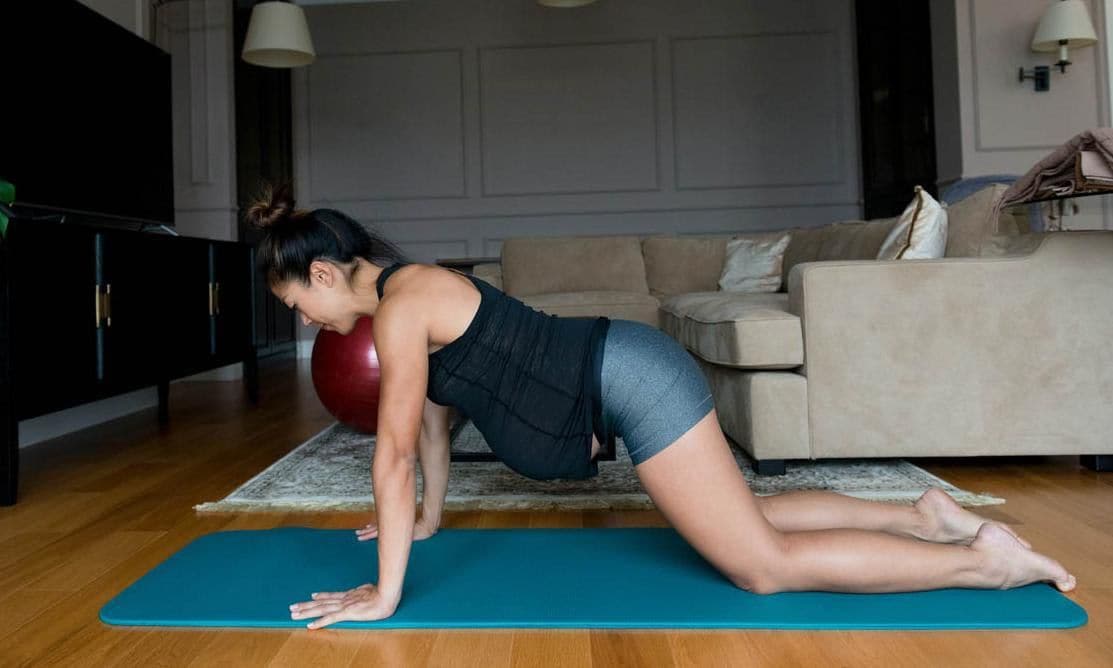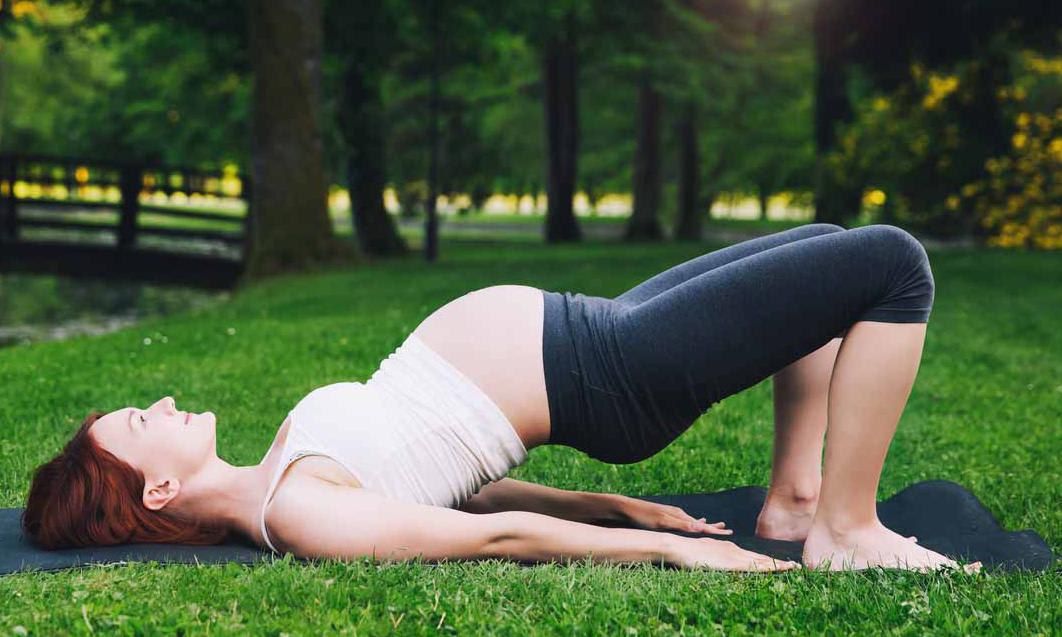If you’re a fitness girl or have just added exercise to your routine, you’re definitely going to be asking yourself: What should I do during the pregnancy? And while it is true that your doctor should be the first one to answer this question, taking into consideration your physical condition, once you receive the go-ahead. Here are little routines for you to stay in shape and increase flexibility and muscle strength during the pregnancy. The idea is for you to adapt some of the activities that you already know how to do so you can keep doing them until the time comes for you to meet your baby.
1. Deep squats
Basic squats, deep squats or squats with weights, any variation of squats you do will greatly benefit your glutes, hips, abs and spine. That’s why it's so important to keep this exercise as part of the activities you do while waiting for the arrival of your sweet new little one.
Stand up and separate your legs to at least a shoulder’s width or even a little more, but not too far. You can put your arms out in front of you to help keep your balance and try to sit down in an imaginary chair. Try not to lean forward. Just stand up and crouch down as far as you can until you complete 12 reps, then take a rest and do it again until you've managed three sets.
2. Dips
These are strength exercises that help train your upper body. Shoulders, arms, pecs and back. With the hands separated to a shoulder’s width apart and supported on a bench or well-adjusted chair, raise and lower your whole body by bending your elbows. Try to keep your legs bent as if you were just sitting down, to avoid putting pressure on your spine.
3. Sumo squats
You already know the many benefits of doing squats, but with the split or sumo variations, in addition to training your glutes, hamstrings, abs, and the muscles that stabilize your spine, you’ll also really get to work the hips and abductor muscles. In these squats, your feet face outwards, along with the knees, instead of forward. Lower your body with the abdomen flexed and the back straight. Do three sets of 12 repetitions.
4. Push ups
Doing push-ups is a classic exercise that is effective in working out your whole body, in particular the middle and upper parts. You can continue to do them during your pregnancy, or add them to your workout, but now you should use your knees to support yourself instead of your feet. This will prevent you from putting too much pressure on your back.
Place yourself on the ground using your hands and knees for support, with your arms at a shoulder’s distance apart. Bend your arms and lower your chest as close as you can to the ground. Return to the starting position and do three sets of 12 repetitions.
5. Bridge
Lastly, a very comforting exercise: the famous bridge. Lying on a mat or cushion, with your legs slightly separated and bent and your arms parallel to your body, raise your hips and slowly but surely, your back, without taking your shoulders off the ground. Remember to breathe deeply while you’re doing it. Keep the position for a few seconds and slowly lower yourself back to the ground.
This will help keep your chest, neck and back flexible, and you'll feel that much-needed relief in your back.
Remember to talk to your doctor as every woman has her own particular characteristics and conditions. If you feel any discomfort, stop the exercise. Staying active will help you before, during and after you give birth, you just have to be careful and listen to your body to know what your limits are at this point in time.
,type=downsize)

